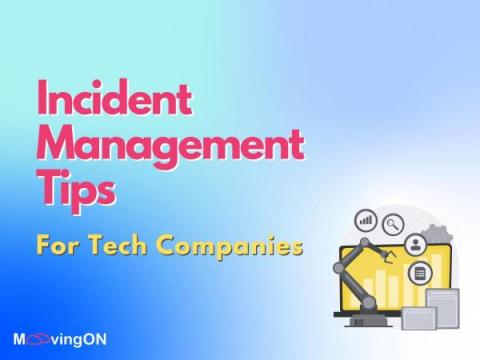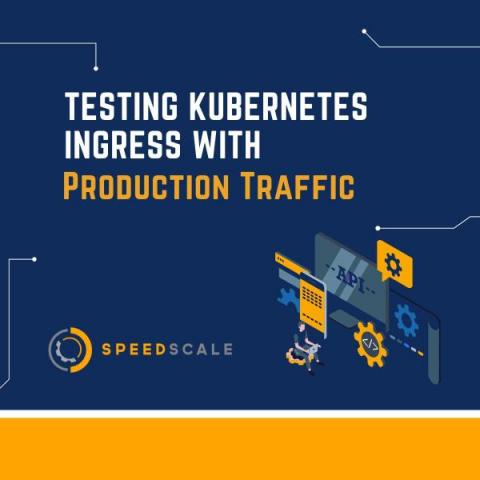Operations | Monitoring | ITSM | DevOps | Cloud
Featured Posts
Discovering Efficiency Through 2 Steps Synthetic Monitoring for Splunk
You're probably familiar with Splunk. It's one of the most popular big data solutions organisations worldwide use to monitor their systems in real-time. But you may not know that Splunk also offers synthetic monitoring solutions via 2 Steps. 2 Steps Synthetic Monitoring for Splunk is a powerful tool that can help you speed up your application troubleshooting process. Today we'll take a closer look at what it is and how it can benefit your organisation.
Incident Management: Tips for Tech Companies
A seemingly straightforward technical problem can often have explosive consequences. Say a tech team restarts a cloud server overnight; those few minutes of downtime might trigger a problem elsewhere and cause your app to crash. The following morning, customers can't access your services, you're trending on social media for all the wrong reasons and your customer service reps are left to pick up the pieces. Scenarios like this prove the value of incident management. But you need best practices that ensure incident management does what it's supposed to do. Otherwise, it's just another buzzword. Here are some best practices for incident management that you need to incorporate into your tech organization.
5 technology trends that ITOps managers and leaders should watch out for in 2023
It's that time of the year again, folks. Everyone's gazing at the crystal ball, hoping to get a fairly accurate preview of things to look out for in 2023. The ITOps world could definitely use one, as it seems to be trapped in a self-fulfilling prophecy of innovation. There's so much happening that it's gradually becoming tougher to separate buzzwords from proven technology trends.
Android Kiosk Mode:The Kiosk Software Solutions for small business
How Hybrid Cloud Adoption Will Drive the Need for AIOps
Testing Kubernetes Ingress with Production Traffic
2023 Trends in AIOps, Observability, and ITOps
Hall of Fame professional wrestler Paul "Mr. Wonderful" Orndorff said of his ascent to become one of the WWE's biggest stars of the 1980s that, "I knew where I wanted to go. I had a plan. I don't care what you do in life, you better have a plan." And for ITOps teams making new plan-or adjusting the sails on their existing ones-it's good to have insights that inform those plans.









